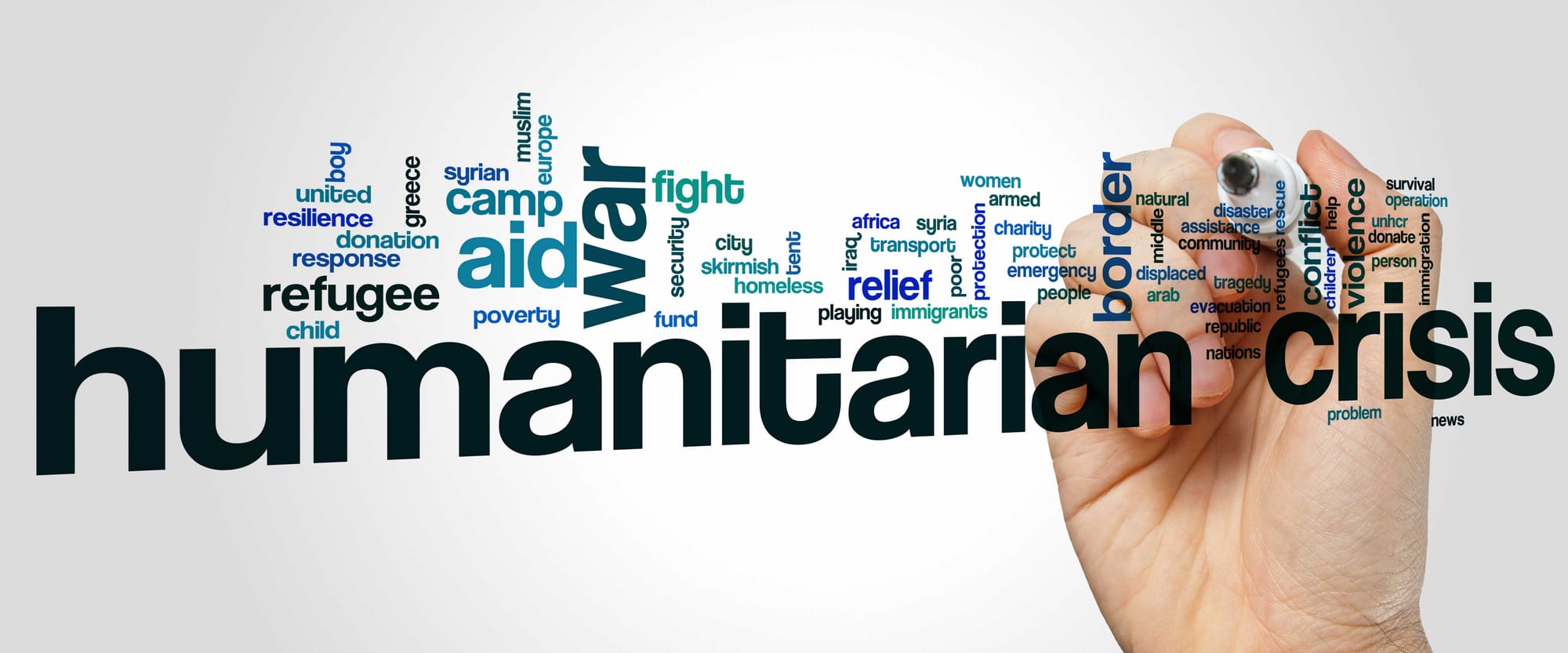Bridging the Technology Deficit in Humanitarian Aid: A Call for Innovation

In the face of natural disasters, humanitarian aid organizations often struggle with outdated and inadequate technology, leading to delays and inefficiencies in delivering critical assistance. This technology deficit significantly hampers the speed and effectiveness of disaster response, leaving vulnerable communities at greater risk. Addressing this issue requires a multi-faceted approach to integrating advanced technologies into disaster management and aid delivery.

Current Challenges
Humanitarian aid operations are frequently bogged down by legacy systems and manual processes that are ill-equipped to handle the complexities of modern disaster scenarios. For example, traditional logistics and supply chain management tools may not provide real-time updates or accurate tracking, leading to misallocation of resources. In addition, communication systems in disaster-stricken areas are often unreliable, further complicating coordination efforts.
A significant problem lies in the management of large-scale data. During disasters, the influx of information from various sources can overwhelm existing systems, making it difficult to process and analyze critical data promptly. This can delay the identification of needs and the deployment of resources, exacerbating the impact on affected communities.

The Need for Technological Integration
To overcome these challenges, humanitarian organizations must embrace advanced technologies that enhance efficiency and effectiveness in disaster response. Here are some key areas where technology can make a substantial difference:
- Real-Time Data Management: Implementing modern data management systems that can handle large volumes of information and provide real-time insights is crucial. These systems should be capable of integrating data from various sources, including social media, satellite imagery, and ground reports, to create a comprehensive picture of the disaster situation.
- Advanced Communication Tools: Reliable and resilient communication tools are essential for coordinating aid efforts. This includes establishing redundant communication networks that can function even when traditional infrastructure is damaged or destroyed.
- Logistics and Supply Chain Optimization: Leveraging technologies such as GPS and IoT can improve the tracking and management of supplies. Real-time tracking systems can help ensure that aid reaches the intended destinations without unnecessary delays.
- Training and Capacity Building: Humanitarian workers and volunteers need to be trained in using new technologies effectively. This includes providing training on data management systems, communication tools, and logistics platforms.

Innovative Solutions
Several innovative solutions are emerging to address the technology deficit in humanitarian aid. For instance, blockchain technology is being explored for its potential to enhance transparency and efficiency in aid distribution. Blockchain’s decentralized and immutable ledger can provide a reliable record of transactions and aid distribution, reducing the risk of fraud and mismanagement.
Additionally, machine learning and artificial intelligence can be used to analyze large datasets, predict disaster impacts, and optimize resource allocation. These technologies can improve decision-making and ensure that aid is directed to where it is needed most.
Conclusion
Addressing the technology deficit in humanitarian aid requires a concerted effort to integrate advanced technologies into disaster response operations. By adopting real-time data management systems, enhancing communication tools, optimizing logistics, and investing in training, humanitarian organizations can significantly improve their response capabilities. Embracing these technological advancements will help ensure that aid reaches those in need more efficiently and effectively, ultimately saving lives and mitigating the impact of natural disasters.
Peace Network’s Vision and Mission
At the forefront of this technological revolution in humanitarian aid is the Peace Network. Their mission is to leverage cutting-edge technology to enhance disaster response and support vulnerable communities. Through their blockchain-based platform and innovative solutions, Peace Network exemplifies how technology can transform aid delivery. Their commitment to integrating advanced tools and techniques into their operations underscores a vision where technology not only bridges gaps but also fosters resilience and sustainability in disaster relief efforts.
By setting a high standard for technological integration in humanitarian aid, Peace Network is paving the way for more effective and efficient disaster response. Their approach highlights the potential for technology to make a tangible difference, ensuring that aid reaches those who need it most and contributes to a more resilient global community.

